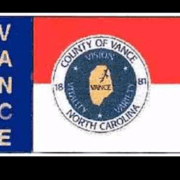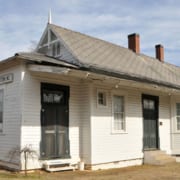Vance Co. Architectural Survey is getting underway
In March Elizabeth King, Architectural Survey Coordinator at the State Historic Preservation Office, appeared on TownTalk to announce that a comprehensive survey of historic Vance County properties was getting underway. According to an email from King received today by WIZS News, Heather Slane of HMW Preservation in Durham and Cheri Szcodronski (Zoe-Co-Dron-Ski) have been hired to conduct the actual survey of Vance and Person Counties. According to King, both have a great deal of experience not only in historic preservation but in North Carolina history and culture.
Early fieldwork will begin in Henderson and Roxboro in August and September and is tentatively scheduled to be completed by late 2022 or early 2023. Slane and Szcodronski will wait until later in the fall before heading out to rural areas of Vance County as leaves will have fallen allowing for more visibility when surveying properties. The first task will be to review all existing survey files, many of which are 45 years old or older and update these files with what is observed during field work. In early 2022 surveying additional properties in rural Vance and Person Counties will begin. A recent survey of this type was done in Franklin County and has resulted in a book which is currently in the planning stages which will highlight the historic architecture located in that county.
For more information on the survey or to alert them to an historic property contact Elizabeth King at the State Historic Preservation Office at 919-814-6580 or email elizabeth.king@ncdcr.gov.


